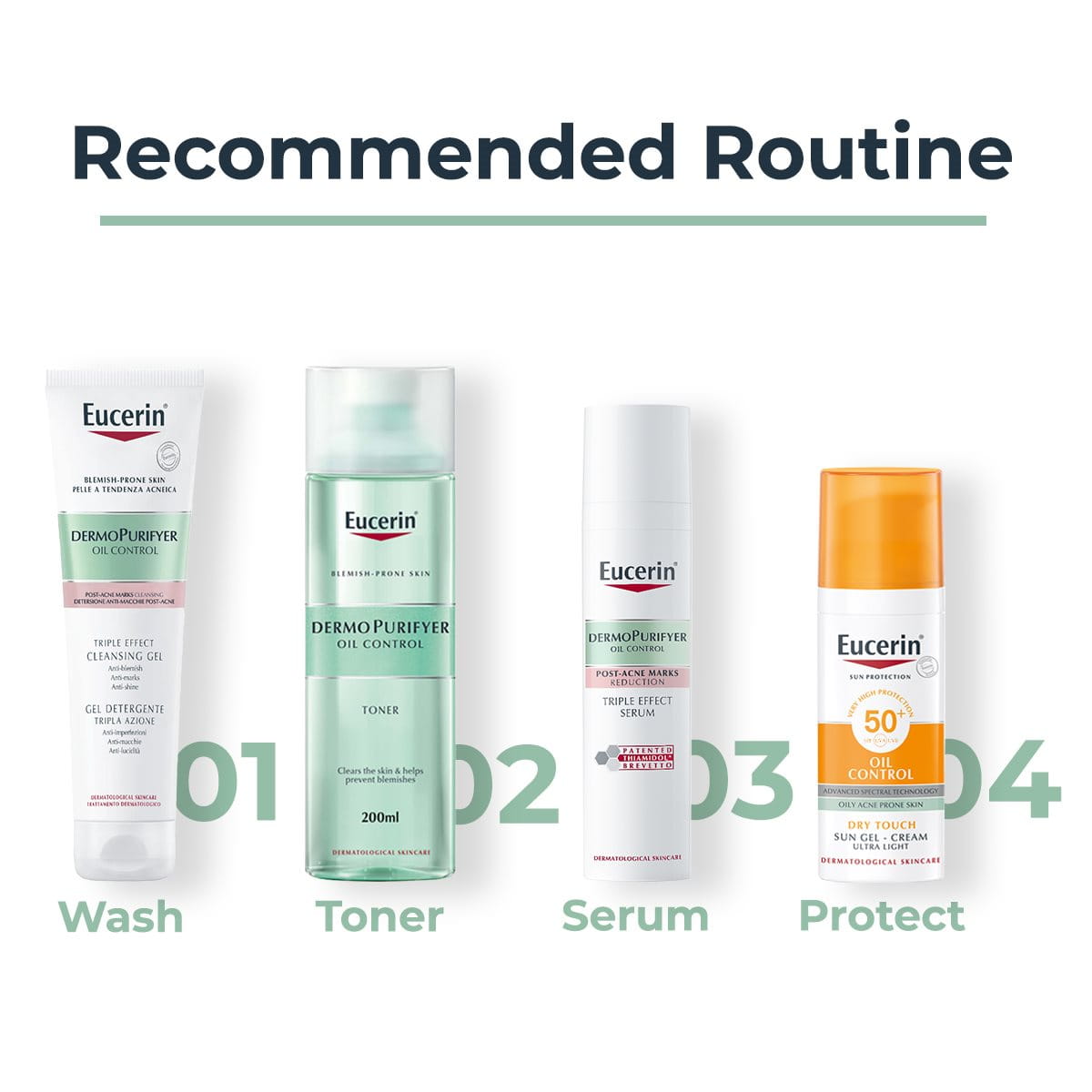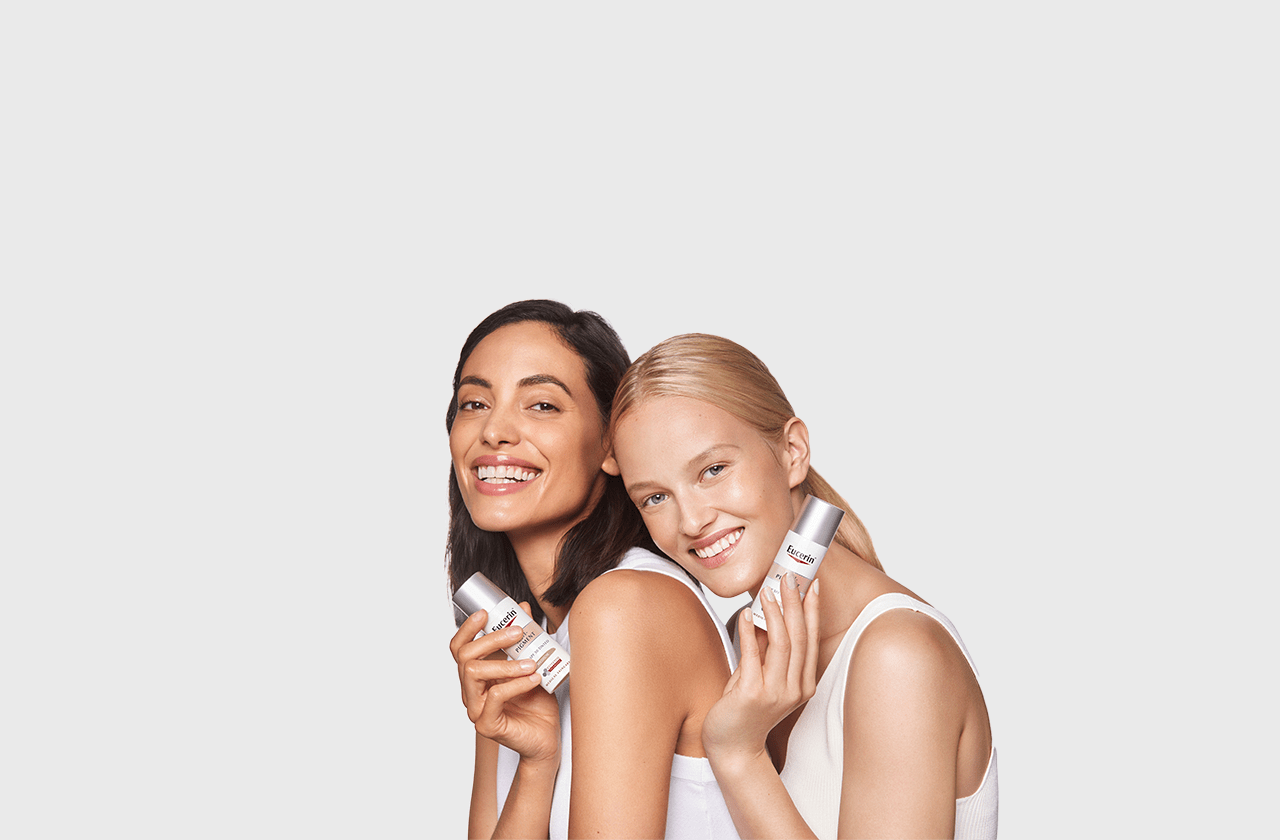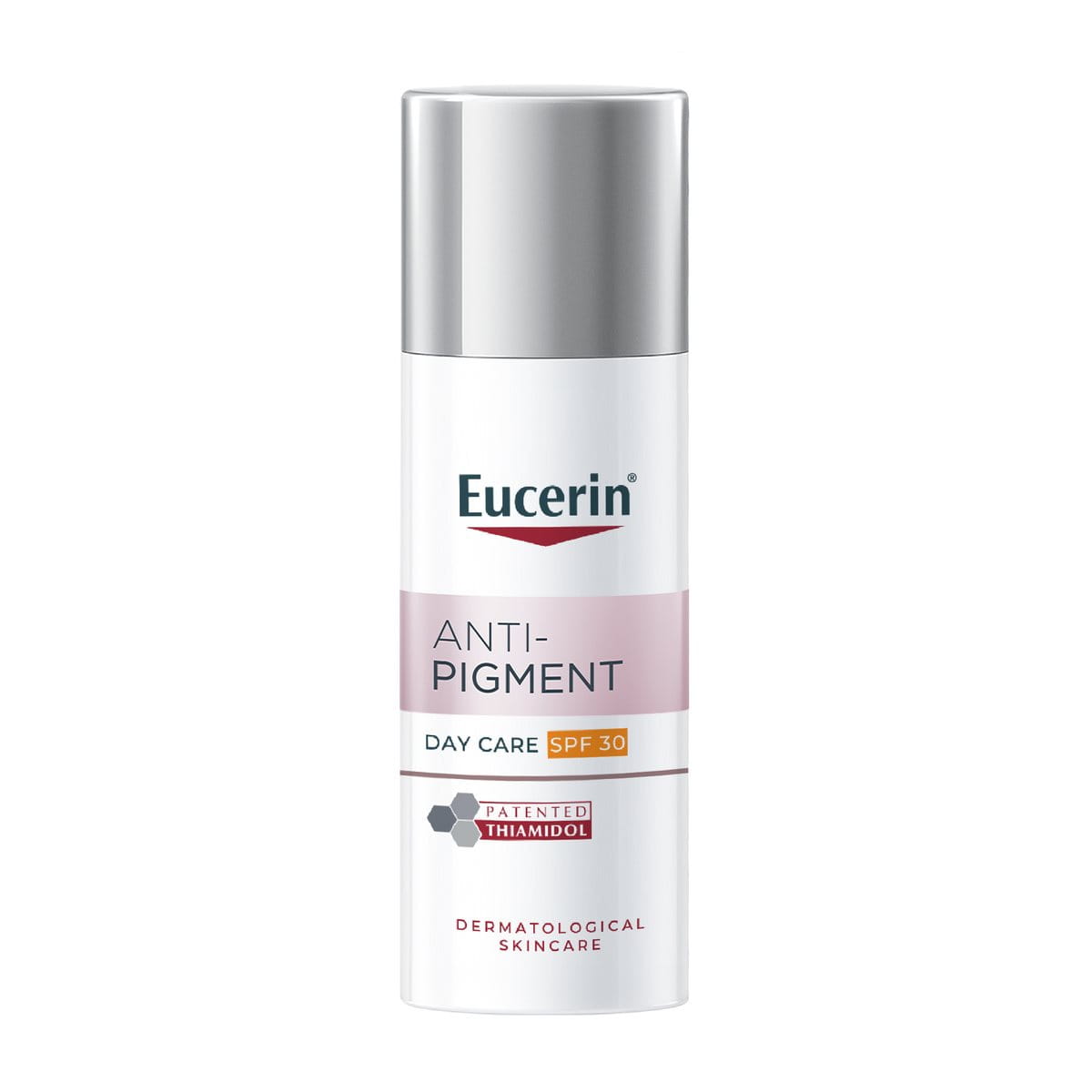The T-zone is the central part of your face, which is your forehead, nose, and chin. This is where your skin typically produces more sebum. The T-zone consists of more sebaceous glands than other locations, which leads to it being naturally oilier. So, dive in to learn more about the best products for oily T-zones and skincare for oily T-zones to balance your skin without stripping your face dry.
Keynotes:
- The forehead, chin and nose can have more oil glands, which, when driven by genetics, hormones and lifestyle, can lead to an oilier T-zone.
- Focus on gentle cleansing, with occasional clay masks, toners and lightweight moisturizers to regulate sebum production.
- Common active ingredients used to tackle the oily T-zone of the face are niacinamide, lactic acid, salicylic acid and more.
- One should also follow a balanced diet, practice stress control, maintain adequate hydration and avoid touching one’s face for managing an oily T-zone.






